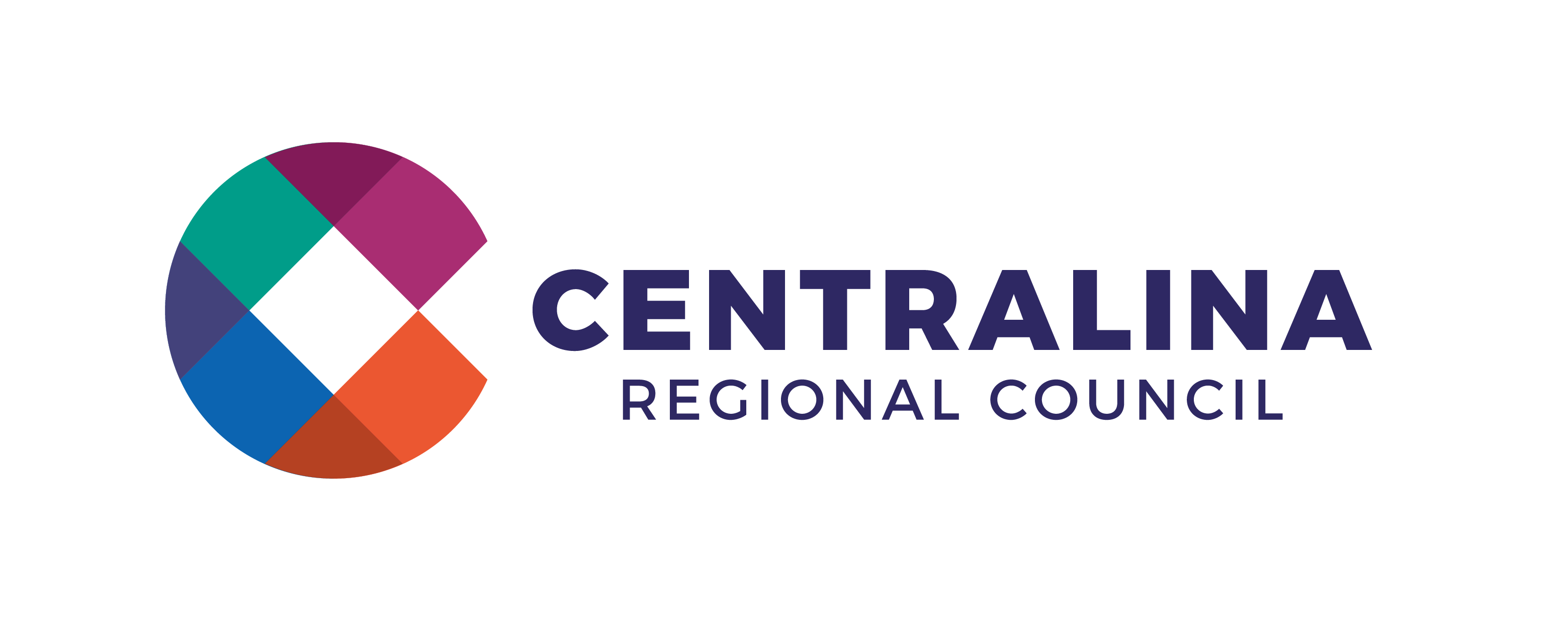The South Fork of the Catawba River is the largest tributary in the Catawba River System and flows through Gaston, Lincoln and Catawba counties. This river is beloved by the communities it touches, offering miles of natural landscapes, great fishing spots, endless hours of kayaking within a moment’s drive and acts as home to a variety of wildlife, such as the great blue herons, osprey, bald eagles and deer. Unfortunately, population growth and development in the South Fork basin area over the years have resulted in adverse impacts on the river’s health and on the communities themselves. Frequent flooding of nearby municipalities and a decline in the water quality influenced former Mayor of Cramerton, Will Cauthen, to develop and prioritize a plan to improve both the health of the river and address its impact on the community. In 2020, Cauthen assembled a coalition made up of local government representatives, non-profit organizations, local private firms and other staff representing both state and federal legislators to address the crisis.
“When you’re trying to get buy-in from people that have different agendas … it’s hard to get people to come together under one mission,” reflects Cauthen on the formation of the committee. Seeing that the South Fork River touched several municipalities, counties and other key stakeholders, Cauthen realized that there was a need for a regional facilitator. Cauthen contacted Centralina Regional Council to help convene and engage the stakeholders around the critical issues facing the South Fork River and to design a collaborative approach for addressing those challenges.
Centralina facilitated a nine-month planning process, working with the committee at monthly meetings with the goal of formulating a comprehensive action plan. The process began with a basin assessment and SWOT analysis of the river with the help of subject matter experts. After getting a better understanding on the severity of the river’s current state, Centralina led the stakeholders through a series of interactive exercises to identify themes that were then combined into two main vision focuses: Creating a Connected & Active river through short and long-term approaches, as well as a Healthy & Resilient river through long-term strategies and actions.
These efforts resulted in the South Fork River Health Committee’s Action Plan, a roadmap towards a healthier future for the river. Centralina staff prepared the final plan document, which the stakeholders then presented to others in their respective communities and organizations. As a final step, the stakeholders signed a Memorandum of Understanding expressing their commitment to implementing the action plan.
The committee, now known as the South Fork Collective, formed subcommittees to take the lead on implementing the action plan. Now in its second year of implementation, the South Fork Collective is making progress through activities focused on improving water quality, shaping policy, supporting recreational access and marketing the river. Centralina continues to support the committee as a partner in plan implementation.
Cauthen recently expressed his gratitude for Centralina’s essential role in bringing this action plan to life and helping to shape the collective to where it is today. “We were fortunate to have Centralina Regional Council leading meetings, especially in organizing the strategic points and providing guidance on how we organize, communicate and record our progress.” he said. “We would not have made as much progress without Centralina. For local governments in our area, anytime you are faced with a challenge where it seems like you don’t have the resources or knowledge to face, a phone call to your friends at Centralina is a great place to start.”
Those interested may access the finalized South Fork River Health Committee Action Plan here.




